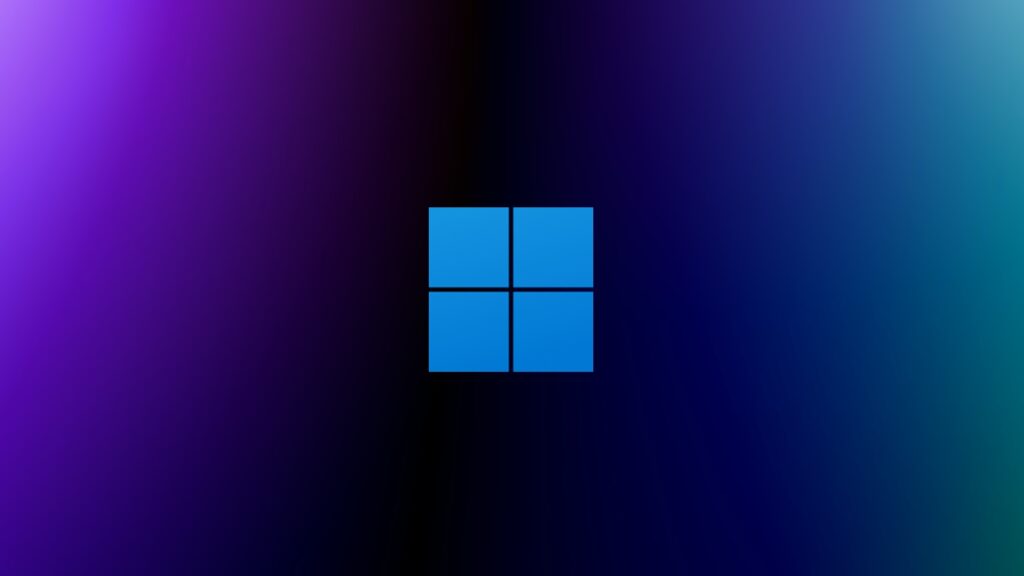It’s no secret that I dislike Windows 11, and even before hitting the 12-hour mark, I found myself changing things.
Given that it was time to build a new PC and Windows 10 won’t be supported past 2025, it was time to make the jump. While I appreciate the clean, simple UI and the redesigned settings page, I don’t like Microsoft’s forceful approach to AI. I love AI, but I want to choose where and how it’s used. The ads and data harvesting are also a big issue for me. I’ve already paid a steep price for your product—stop invading my system and leave me alone. If you want more money, charge more upfront or offer a genuinely good subscription with valuable features. The mindset of “you don’t own your system” that Microsoft has adopted in recent years is unacceptable. Last time I checked, I paid for this hardware and your OS.
I’ll delve more into Windows 11’s good, bad, and ugly in a later post, but for now, let’s talk about customization. I come from a time when OS customization was abundant—think the Win9X era. Seeing this stripped away in more recent releases is very upsetting. I want to change things like my startup sound and decide if I use an unlock or logon sound. Those choices shouldn’t be made for me. As a tinkerer and hacker at heart, if something isn’t how I like it, I change it, and this was no exception.
Note: These are not “how-to” guides, but I’ll link some resources if you want to change these settings too.
I began this journey in the Registry. Since I’m still waiting for my Windows key to arrive in the mail from Microsoft (call me old-fashioned, but I like having physical copies), I tackled getting dark mode enabled. For those who don’t know, if you don’t register Windows with a key, you can’t customize your system at all, including enabling dark mode. Luckily, Windows still uses the same old cluttered mess that is the Windows Registry. After some poking around, I found the two key values that store the “isDarkMode” settings for apps and the system and set both to “1,” making them TRUE.
Next, I focused on sounds. I’m happy that Microsoft added startup sounds back to the OS, but those fuzzy feelings were quickly shot down when I discovered that the sound can’t be changed in the control panel anymore. You’re stuck with the same sound as everyone else unless you know where to look. In “C:\Windows\Media,” there is a file called “Windows Startup.” However, this file hasn’t controlled the startup sound since Windows 8. The startup sound file was moved to the “ImageRes” DLL in SystemResources.
Why? I don’t know—Microsoft and their infinite wisdom.
Using a program called ResourceHacker, you can easily unpack these DLLs (now DLL.MUN files) and change the packed-in resources. That’s exactly what I did. However, SystemResources is write-protected. Instead of breaking the permissions in my Windows directory, I chose a different route. With the new and improved DLL saved to the desktop, I rebooted into Recovery Mode and opened Command Prompt. Because Recovery Mode has elevated privileges, I could move files in and out and rename files in write-protected folders within the Windows directory. The old ImageRes.dll.mun became ImageRes.dll.mun.old, and my modified ImageRes.dll.mun took its place, new sounds and all. After exiting Command Prompt and Recovery Mode, I booted back into Windows to hear my nice new startup sound. It’s a small change, but it goes a long way in making my PC feel like mine.
Lastly, I used Task Scheduler to manage any other sounds I wanted to use again (e.g., Lock, Unlock, Logon, Logoff) for ease and simplicity. Maybe there’s a way to enable these sounds again in the Registry or a system DLL, but that will require more investigation by future Daniel.
All in all, I’m still finding things I don’t like, but I’m changing them as time goes on. Windows 11 just needs some TLC and modification to feel more at home on my PC. It’s not a bad system, just misunderstood.
Thank you for reading 🙂



